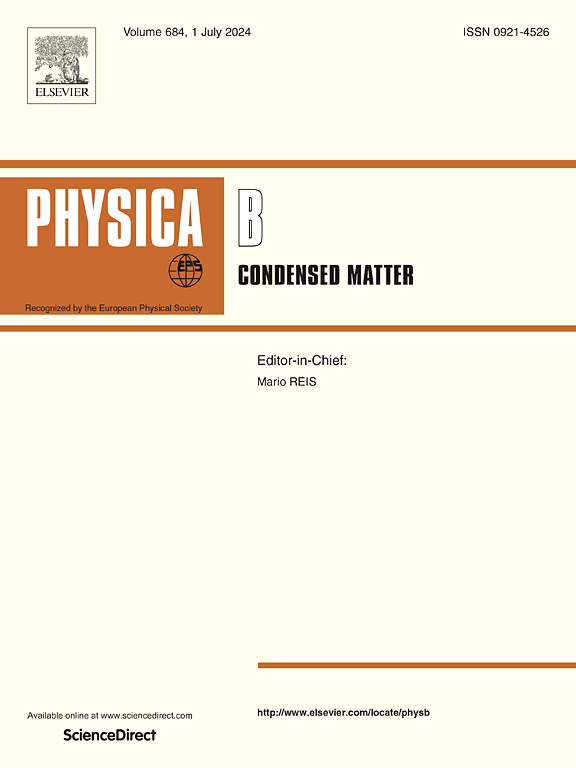BiLSTM-based complete stress–strain behavior prediction in monolayer graphene under uniaxial stretching: An integrated molecular dynamics study
IF 2.8
3区 物理与天体物理
Q2 PHYSICS, CONDENSED MATTER
引用次数: 0
Abstract
Understanding the mechanical properties of monolayer graphene is essential for ensuring its durability in complex operating environments. While traditional experimental approaches are often cost-prohibitive and difficult to reproduce under specific conditions, molecular dynamics (MD) simulations provide an effective alternative for modeling these scenarios. However, MD simulations become computationally intensive when multiple factors are involved. In contrast, machine learning (ML) enables rapid and accurate prediction of material properties through pattern recognition in limited datasets, given adequate training and feature analysis. This study implements a bidirectional long short-term memory (BiLSTM) model trained on MD-derived data to predict the mechanical response of monolayer graphene under uniaxial tensile loading. MD simulations were used to generate mechanical response data under various temperature, chirality, and defect conditions. The BiLSTM model was then used to analyze the relationship between these factors and the mechanical response. Upon evaluation, the BiLSTM model demonstrated a strong fit, effectively capturing and predicting the stress–strain curve. These results demonstrate the excellent ability of the proposed model to accurately predict the mechanical properties of monolayer graphene. The research paradigm proposed here, combining MD simulations and ML, shows remarkable potential for predicting and designing the properties of monolayer graphene.
求助全文
约1分钟内获得全文
求助全文
来源期刊

Physica B-condensed Matter
物理-物理:凝聚态物理
CiteScore
4.90
自引率
7.10%
发文量
703
审稿时长
44 days
期刊介绍:
Physica B: Condensed Matter comprises all condensed matter and material physics that involve theoretical, computational and experimental work.
Papers should contain further developments and a proper discussion on the physics of experimental or theoretical results in one of the following areas:
-Magnetism
-Materials physics
-Nanostructures and nanomaterials
-Optics and optical materials
-Quantum materials
-Semiconductors
-Strongly correlated systems
-Superconductivity
-Surfaces and interfaces
 求助内容:
求助内容: 应助结果提醒方式:
应助结果提醒方式:


